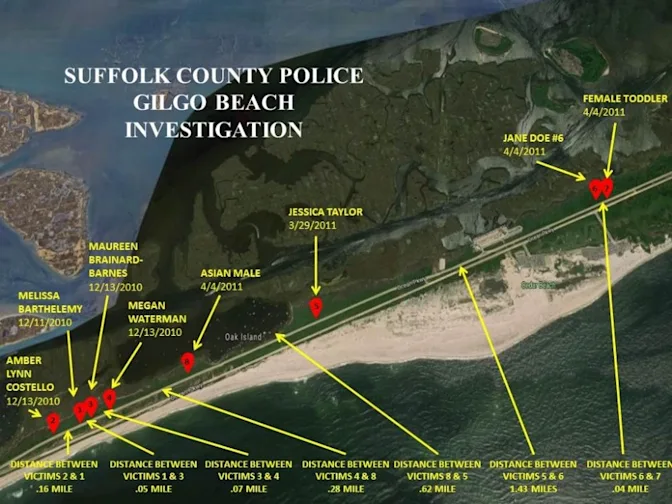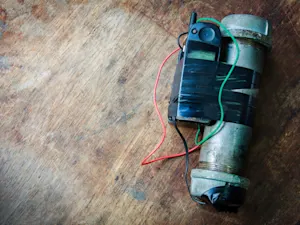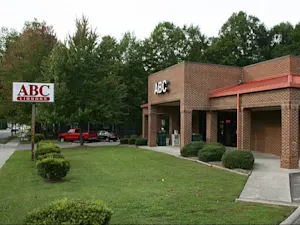
Will the Long Island Serial Killer Case Ever Be Solved?
The Long Island Serial Killer case, known for the discovery of multiple bodies near Gilgo Beach, remains one of the most confounding investigations in recent history. Despite decades of searching, the complex case has yet to fully unravel, and many questions remain unanswered. Here's why this case, even with a recent arrest, remains so elusive.
More Victims Than Leads
 Suffolk County Police Department Gilgo Death Investigation. Photo by Atiru under CC BY-SA 4.0.
Suffolk County Police Department Gilgo Death Investigation. Photo by Atiru under CC BY-SA 4.0.
The case first came to light in May 2010 during the search for Shannan Gilbert, a young woman who disappeared after making a frantic 911 call. Police searching the area near Gilgo Beach found remains — not of Gilbert, but of four other women, now known as the "Gilgo Four." All were young, petite women working as escorts, sharing similar characteristics that pointed to a serial killer. This initial discovery eventually led to a grim total of 10 bodies found over several miles along Ocean Parkway. While the Gilgo Four showed patterns that seemed consistent with a single killer, other remains raised doubts about whether they were connected.
The Role of Burner Phones and Limited Forensics
A key challenge in the investigation has been the killer's use of burner phones to contact the victims. These disposable phones made tracing calls nearly impossible and allowed the killer to evade detection. The few forensics clues found included burlap used to wrap some victims and DNA traces that proved difficult to analyze fully for years. The Suffolk County Police Department, despite advances in forensic technology, struggled to identify a clear suspect until a renewed effort led to the recent identification of Rex Heuermann as a suspect.
New Suspect, But Case Complexity Persists
In 2023, police arrested Rex Heuermann, a Long Island architect, and charged him with the murders of Melissa Barthelemy, Megan Waterman, and Amber Costello. Heuermann's phone records and DNA from pizza crust matched DNA found with a victim, offering the strongest connection yet to a suspect. However, the investigation remains complicated; Heuermann has denied involvement, and while he has been charged with three more killings, he has not been charged with all the deaths discovered near Gilgo Beach, and he has pleaded not guilty to all charges.
The Difficulty of Linking Additional Victims
The bodies found near Gilgo Beach spanned over 14 years, leading some investigators to believe that multiple killers might be involved. For instance, Jessica Taylor and Valerie Mack, whose remains were discovered separately but linked by proximity, add to the case's complexity. Investigators have indicated that other bodies, including those of an unidentified child and an Asian male dressed in women's clothing, may not fit the same pattern as the Gilgo Four, complicating the task of connecting these deaths to a single individual.
Years of Setbacks and Cold Leads

The case has faced delays due to limited resources, changes in leadership, and shifts in investigative strategies. For almost a decade, the investigation stalled, with few updates despite continued family and public pressure. It wasn't until a new task force was established in 2022 that the case gained renewed traction, with fresh eyes re-examining old evidence. Still, solving the entire case will likely require more definitive evidence to link Heuermann, or any other suspects, to the full roster of victims.
The recent arrest of Heuermann marks a breakthrough, but the Long Island Serial Killer case remains unsolved in a broader sense. The involvement of multiple agencies, advances in DNA technology, and digital forensics may yet yield answers. Until then, the families of the victims and the public continue to await the resolution of one of New York’s most haunting unsolved mysteries.
References: Long Island serial killings: A timeline of the investigation | Man charged in Gilgo Beach serial killings kept 'blueprint' of crimes on computer, prosecutors say























